News Blogs
-

Why are Dangerous Goods’ Marking and Labelling Important?
Dangerous goods or hazardous materials, are substances or materials that risk human health, safety, property, or the environment. These include flammable gases, corrosive chemicals, and explosive materials. It’s critical to ensure proper marking and labelling when dealing with dangerous goods. Read on to understand the significance of marking and labelling dangerous goods. Safety First The […]... Learn more
-

Why are Lithium Battery Incidents on Airplanes on the Rise?
The increasing popularity of lithium-ion batteries has revolutionized our portable electronics, from smartphones to laptops and even electric vehicles. However, as the demand for these energy-dense batteries soars, so do the potential safety hazards, especially when it comes to air travel. Over the past few years, incidents involving lithium-ion batteries on airplanes have risen, raising […]... Learn more
-

What Documents Do I Need to Prepare to Ship Dangerous Goods?
Dangerous goods, whether chemicals, hazardous materials, or other potentially harmful substances, require strict compliance with safety regulations and meticulous documentation. Failing to do so can result in accidents, injuries, and legal consequences. In Canada and the USA, the transportation of dangerous goods is governed by various laws and regulations, and it’s crucial to understand the […]... Learn more
-
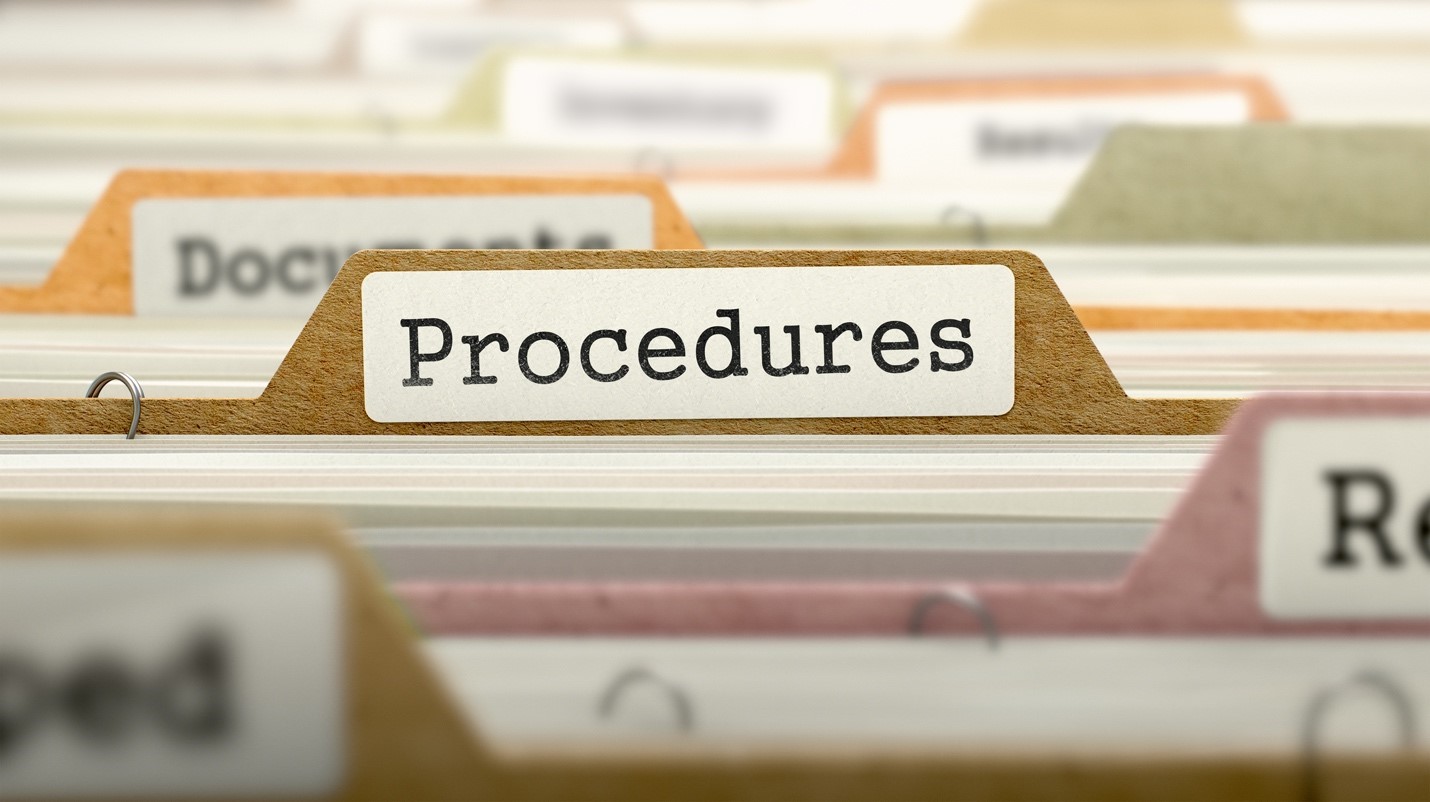
What Should a Chemical Spill Control Procedure Include?
Handling hazardous chemicals in any industry comes with inherent risks. Accidents can happen, and when they do, it’s essential to have a well-defined chemical spill control procedure in place. A comprehensive procedure not only helps prevent the spread of contamination but also ensures the safety of employees, the community, and the environment. Here are the […]... Learn more
-

Safety Tips for Items with Lithium-Ion Batteries
Lithium-ion batteries have revolutionized the way we power our portable electronic devices. From smartphones and laptops to electric vehicles and drones, these rechargeable batteries are essential to our daily lives. While they offer numerous energy density and longevity advantages, they also come with some safety considerations. In this blog, we’ll explore important safety tips for […]... Learn more
-
Transport Canada (TC) Publishes Site Registration Requirements Amendment to Transportation of Dangerous Goods Regulations
Transport Canada (TC) has recently amended the Transportation of Dangerous Goods Regulations (TDGR) to include the regulatory requirement for Site Registration for all persons who import, offer for transport, handle or transport dangerous goods at a site located in Canada that they own or operate. The Regulations Amending the Transportation of Dangerous Goods Regulations (Site Registration Requirements) [the “Regulations”] […]... Learn more
-
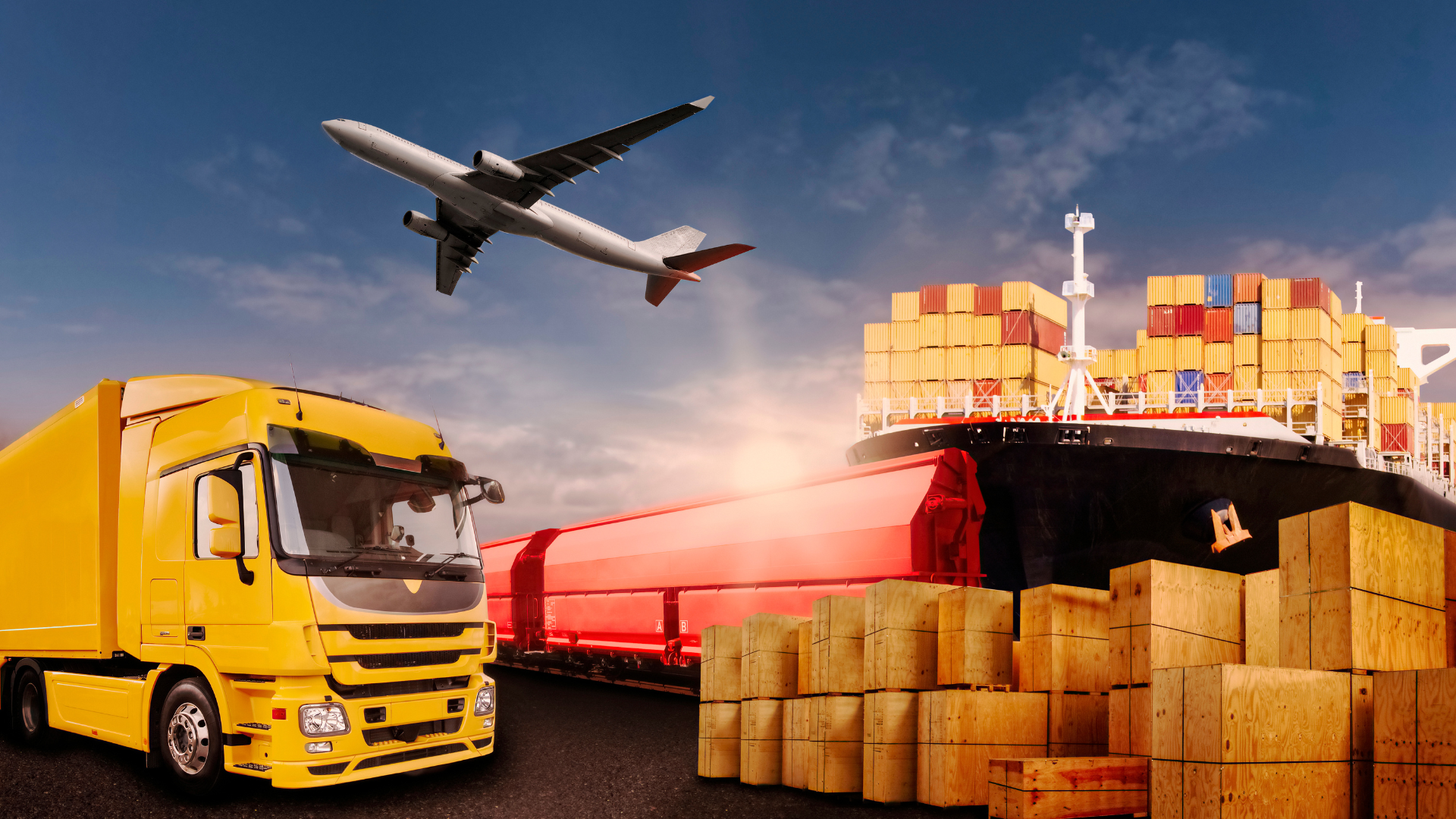
Who enforces the TDG legislation in Canada?
The safe transportation of dangerous goods is a critical component of Canada’s modern economy. From chemicals to flammable materials and radioactive substances, the movement of dangerous materials is integral to various industries. To ensure the safety of Canadians and protect the environment, Canada has established robust regulations under the Transportation of Dangerous Goods (TDG) Act. […]... Learn more
-
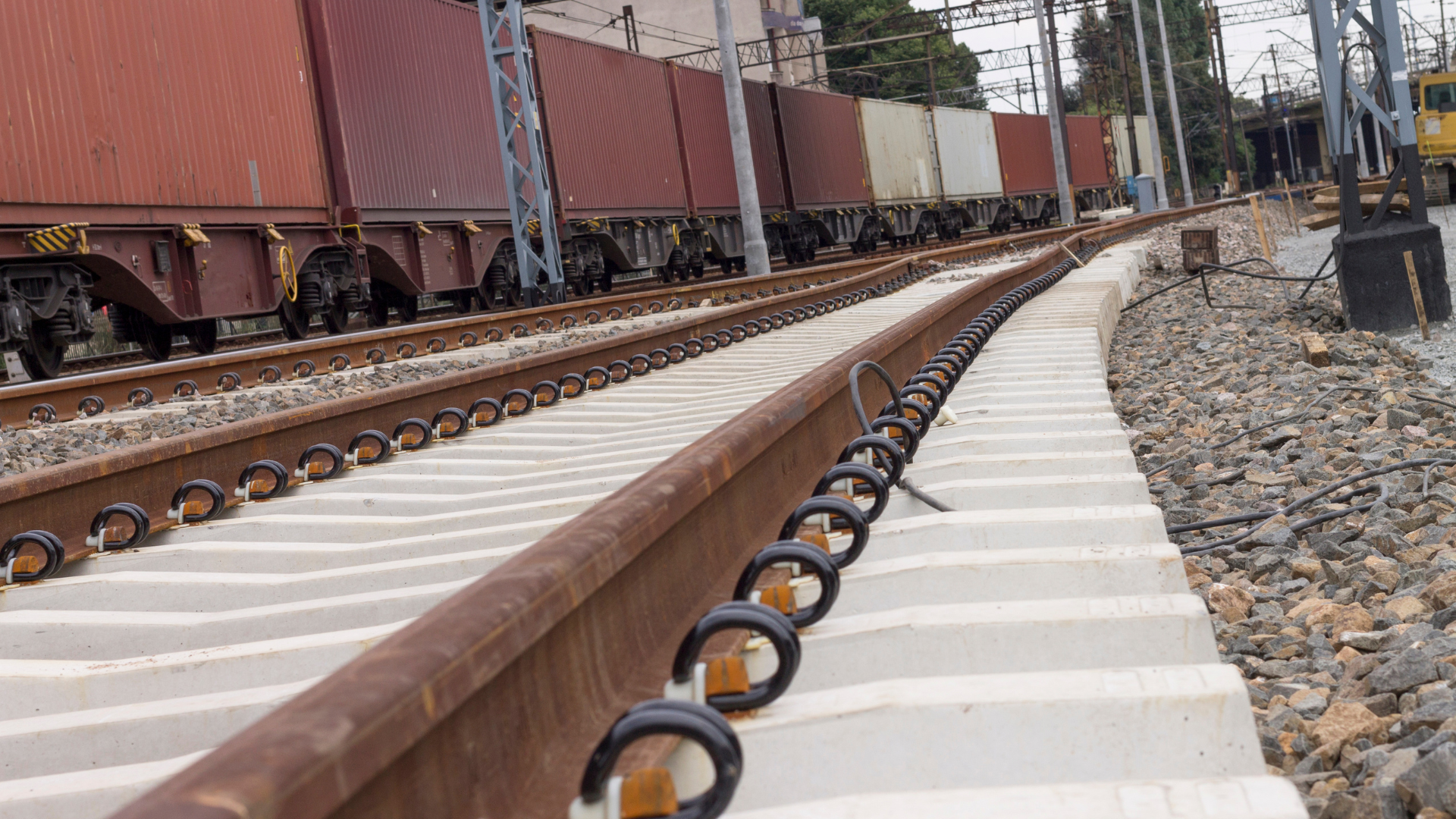
Strengthening Security Measures for Rail Transportation of Dangerous Goods
The rail transportation of dangerous goods is a crucial component of the global supply chain, facilitating the movement of essential materials for industries ranging from chemicals and fuels to agriculture and manufacturing. However, transporting hazardous goods carries innate risks, including potential accidents, leaks, or incidents that could harm the environment, public safety, and the economy. […]... Learn more
-
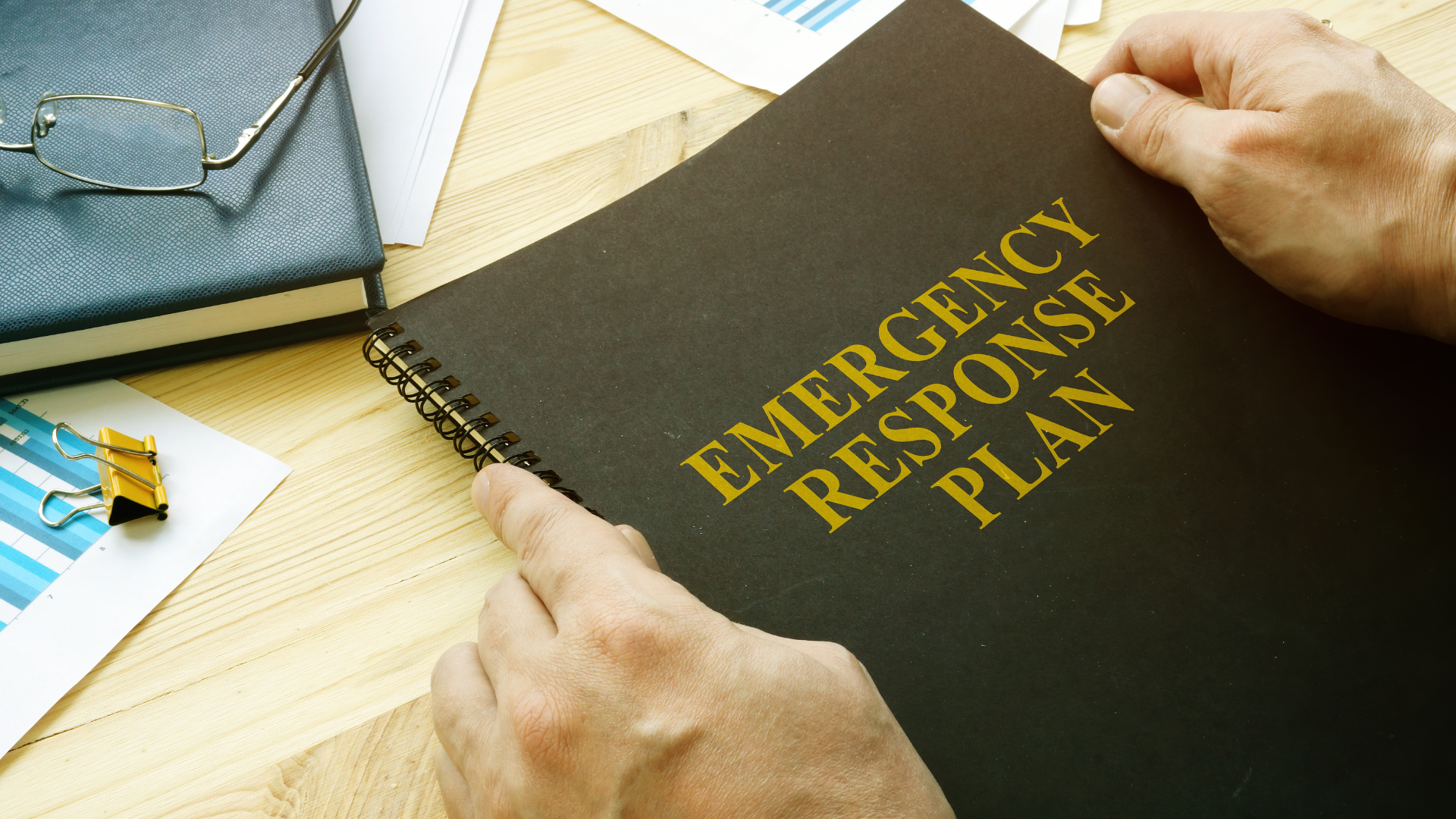
Why are Emergency Response Assistance Plans (ERAPs) so Important?
Emergency Response Assistance Plans (ERAPs) are comprehensive, pre-established strategies designed to address potential accidents or incidents involving the transportation of dangerous goods. These plans are critical to ensuring the safety of communities, the environment, and emergency responders. This blog will explore why ERAPs are essential and how they are crucial in managing and mitigating the […]... Learn more
-
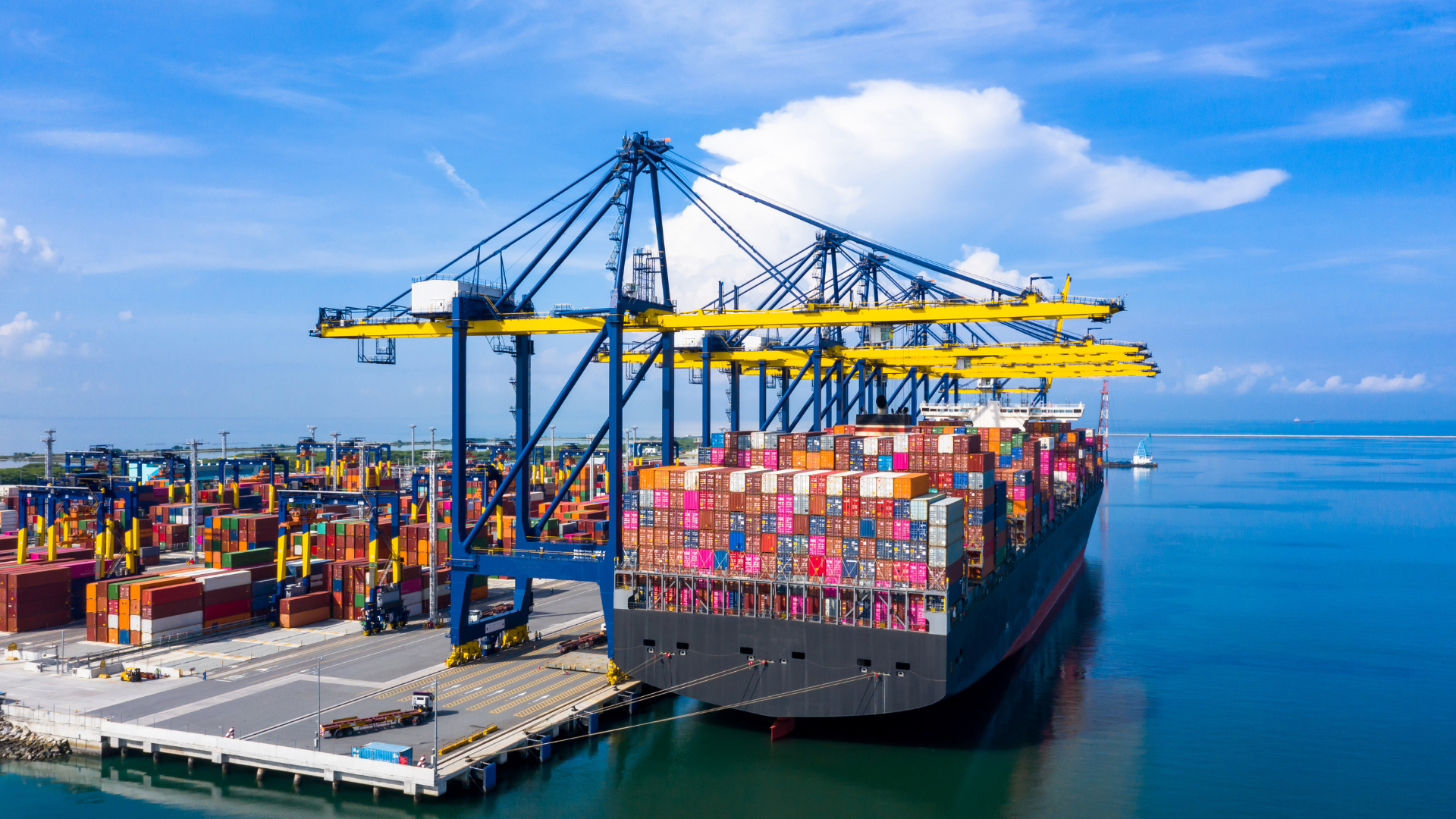
What Steps Must a Merchant or Shipper Follow When Shipping Dangerous Goods?
The transportation of dangerous goods is a highly regulated and critical part of modern logistics. Whether it’s chemicals, flammable materials, or dangerous substances, ensuring the safe shipment of these goods is paramount to protect public safety, the environment, and the integrity of the supply chain. The first step when shipping dangerous goods is correctly classifying […]... Learn more
